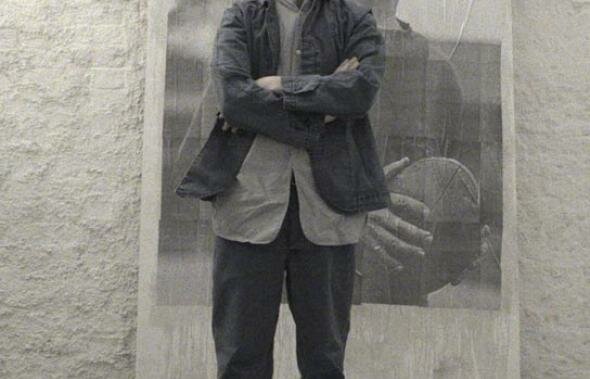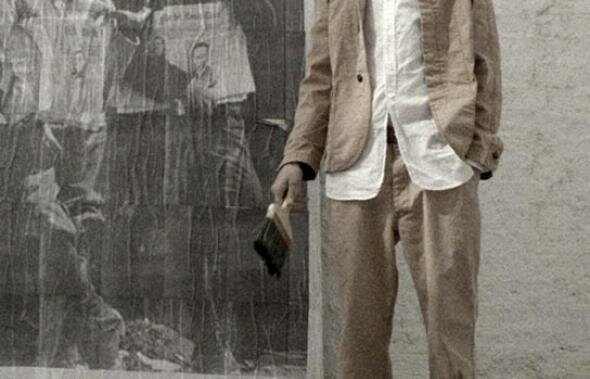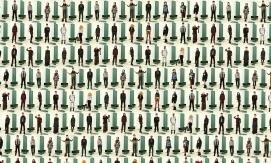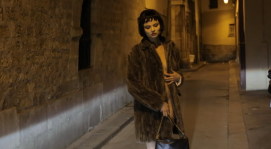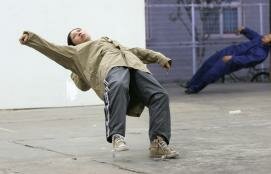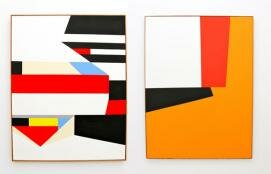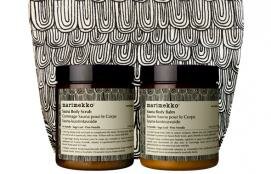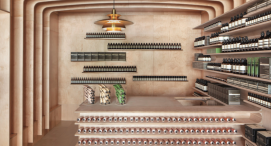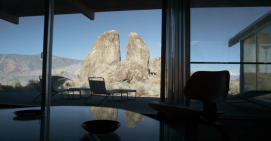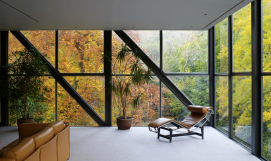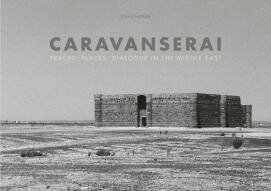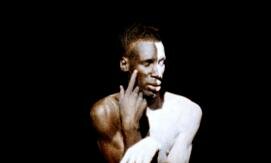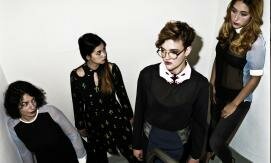- 1
- 2
- next ›
- last »
Work Not Work
17/05/2012Work Not Work is a menswear label designed by Adam Howe and Simon Taylor. Presented as Edwardian Counter Culture, their SS12 capsule will be followed by a full AW12 collection.
Jack Smylie: When did you decide you wanted to work in the fashion industry?
Adam Howe: I kind of fell into it, it wasn't a pre meditated decision. After graduating from St Martins I was introduced to the stylist Judy Blame through a mutual friend, Christopher Nemeth. I ended up assisting Judy for 3 years. That's actually how I met Simon, working on shoots together.
Simon Taylor: After graduating from art school I needed money so made a t-shirt range. That developed into a menswear label called UACT. I worked on that for around ten years with my design partner at the time.
JS: Adam, you’ve primarily worked as a stylist throughout your career but have recently started Work Not Work. What was the catalyst that pushed you to enter the design field? Is designing something you’ve always aspired towards?
AH: In the years I've worked as a stylist I've been tremendously inspired by innovative designers such as the Antwerp Group, Rei Kawakubo, Christopher Nemeth and Jun Takahashi. Equally though, I've been disenchanted by some of the copyist and wannabe labels that are here today and gone the next, I thought that menswear design had vast room for improvement. My styling had always incorporated customization and hand printed tee shirts, which morphed into my first label ʻadamuchiʼ. Then Simon approached me to partner with him on this new venture, Work Not Work. So working on a full menswear collection seemed like a natural progression.
ST: Work Not Work had been knocking around as an embryonic idea for a while but hadn't fully taken shape. There were a few products that I'd designed pointing towards the notion of counter cultural ideals and British heritage. I wanted to make something cohesive with a strong identity but something able to live and breath as it grows.
JS: How have you found the transition?
AH: It's not exclusive, both styling and designing go hand in hand, some of the best stylists happen to be designers, John Galliano is a great stylist, Rei Kawakubo was a stylist before she set up Comme des Garcons. Also the fact that Simon and I do this together allows us to explore and develop the shared tastes but also the more disparate influences that we have as individuals.
ST: We sort of have a map but usually wander off into uncharted territory.
JS: Are we seeing a strong manifestation of your personal taste in Work Not Workʼs pieces?
WNW: Yes, personal taste is definitely at the heart of it. We tend to draw from our experiences growing up, our father's father's and their professions, many of the memories spent with the working people around us and those who really knew how to enjoy life. That's the difference between styling and designing. As a stylist you create a controlled image but as a designer you have to create something tactile.
JS: Work Not Work S/Sʼ12 saw a collection that was strongly inspired by work wear - but rather than the patent ʻAmericanaʼ take on the trend weʼve seen come to the fore in recent seasons, your interpretation is almost tougher, in a decidedly British sense - drawing on the factory floor and industrialism. Can you expand on this?
ST: Replicating classic work wear has become something of a trend over recent years but we're more interested in an interpretation of the worker aesthetic. We draw on counter culture, mixing a wide variety of influences that share a common thread. Basically the ideal of Work for the love of what you make rather than purely a commercial means to an end.
AH: I'm glad you picked up on that. The romantic preoccupation with Americana has borne some amazing replications. However ʻScuttlersʼ are so much more mysterious than ʻcowboysʼ. Pre denim work wear from Edwardian slums, the everyday three piece suit, mended, handed down, miss matched but always immaculately turned out on trade unionists, trouble makers and poets, full of anecdotes and mischief that weave our histories together.
JS: Drawing on the above, is Work Not Work intended for actual work? Itʼs heavy-duty stuff!
WNW: We set out to make clothes that are great to wear, feel good, move well. So in that respect you could work well in it.
AH: Quality is paramount. Japan is well known for it's manufacturing quality so we're really lucky to be able to produce there. Itʼs also where we source fabrics. Our boots are hand made in Northampton.
ST: There's also a wealth of traditional techniques and finishes in Japan that weʼre working with during coming seasons. Shibori and Chusen for example and Welsh quilting over here in the UK.
JS: Whatʼs your take on the return to masculinity and physicality in menswear in recent times?
WNW: It's cyclical. So many cultural influences affect how we see ourselves in terms of gender and image. Possibly we are undergoing a shift in how we view ourselves now. But all you have to do is look at decade on decade of post war to see the pendulum swing in gender representation. Our interest in workers and counter culture plays with this swing and allows us to experiment or comment on what we see around us.
JS: Tell us a bit about the conceptual process when it comes to designing a Work Not Work collection.
WNW: Play, draw, talk and make.
JS: Whatʼs next for the brand?
WNW: A Work Not Work communal space...
Jack Smylie








